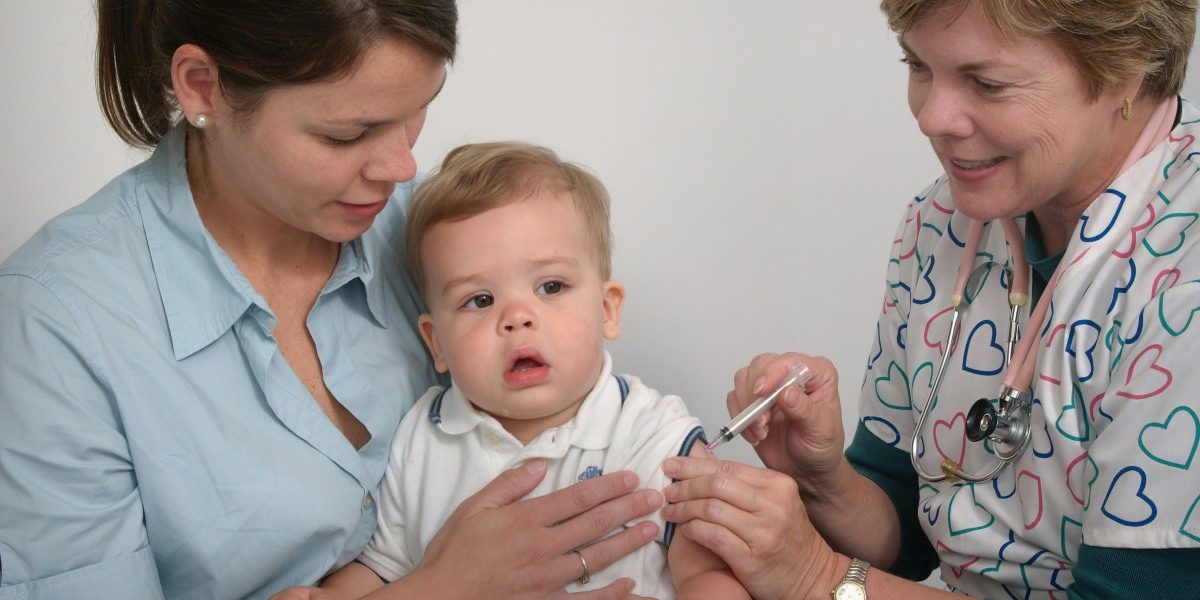The Centers for Disease Control and Prevention (CDC) has updated its adult and child immunization schedules. Under the new guidance, COVID-19 vaccination for adults will shift from a broad recommendation to one based on individual-based decision-making (shared clinical decision-making) rather than blanket universal boosters. Simultaneously, the chicken-pox (varicella) vaccine is now recommended as a standalone immunization for toddlers rather than combined with measles, mumps, and rubella (MMR). This marks a significant adjustment in U.S. preventive-care policy.
These changes carry implications not just for doctors and patients, but also for health-care payers, insurers, vaccine producers, and public-health planning. The shift reflects how the pandemic experience and evolving risk profiles are influencing the national immunization strategy.
What “Individual-Based Decision-Making” Means
The term “individual-based decision-making” refers to a clinician and patient jointly considering whether a vaccine is appropriate, based on personal health factors rather than age alone. The CDC describes it as a process where providers weigh risk factors, vaccine characteristics, and available evidence.
For COVID-19 vaccination, this means that while primary series vaccines remain broadly recommended, seasonal boosters for adults under age 65 without risk factors are no longer universally mandated. The CDC notes that benefits are most clear for individuals with underlying risks of severe COVID-19.
Clinics and insurance providers will need to adjust their protocols. Health-care systems may emphasize patient-provider discussions, document decision-making processes, and revise coverage policies to reflect the new model. This represents a move away from one-size-fits-all vaccination planning towards personalized preventive care.
Implications for COVID-19 Vaccine Supply and Cost
With fewer routine boosters expected for low-risk adults, demand for COVID-19 vaccine doses may decline. Vaccine manufacturers and distributors will likely reassess production forecasts and logistics plans. Public-health agencies may face unused inventory or shift resources to outreach among high-risk populations.
From a cost-perspective, insurers and federal programs (such as Medicare and Medicaid) will adjust coverage models. Since the CDC confirms that individual-based decision-making remains covered under entitlement and insurance schemes, providers might face increased administrative tasks to document shared decision-making rather than broad age-based eligibility.
At the same time, cost-benefit models for preventive care will shift. Analysts will reassess how COVID-19 vaccination fits within long-term health-care spending, resource allocation, and risk-pooling strategies. The reduced volume of universal boosters may lower expenditure, but it could increase the complexity of decisions and tracking.
The Standalone Chicken-Pox Vaccine Change
Previously, the varicella (chicken-pox) vaccine was often administered as part of the MMRV (measles-mumps-rubella-varicella) combination for toddlers. The CDC’s new guidance recommends a standalone varicella vaccine for children aged 12 – 23 months. This decision follows evidence showing an elevated risk of febrile seizures for toddlers who received the combination vaccine versus separate doses.
This change affects pediatric practice and immunization scheduling. Providers will need to adjust protocols, inform parents of the change, and possibly restructure appointment flows to accommodate two separate shots instead of one shot. Vaccine manufacturers and procurement may also adjust production and distribution of the standalone varicella dose.
From a public-health viewpoint, reducing the risk of febrile seizures strengthens vaccine safety communication. For parents and caregivers, this shift aims to reassure by aligning dosage strategies with emerging safety data.
Insurance and Public-Health Budgeting Effects
The updated CDC schedule aligns with how insurers handle preventive care reimbursements. Because the individual-based decision-making model remains covered by major health insurance frameworks—including Medicare, Medicaid, the Children’s Health Insurance Program, and ACA-regulated plans—payers must ensure that documentation aligns with provider discussions.
Public-health agencies may review immunization budgets as demand for universal boosters declines. Resources could be redirected toward targeted outreach—focusing on older adults, immunocompromised individuals, and underserved communities. Vaccine program funding models may shift from broad population-based approaches to risk-based targeting.
Health-care cost projections, already strained by pandemic spending, may adjust downward for routine COVID-19 boosters but upward in terms of administration complexity and targeted care. The net effect on cost models depends on long-term uptake among high-risk populations and monitoring of immunity trends.
Effects on Providers and Clinical Practice
For physicians, nurses, and pharmacists, the updated guidance means increased emphasis on patient-centered consultation. Rather than defaulting to automatic boosters, providers will ask more detailed questions: Does the patient have underlying risk factors? How recent was their previous vaccination? What is the vaccine’s benefit at this moment?
Documenting shared clinical decision-making may become standard practice. Medical records systems, EMR prompts, and patient-consent procedures might evolve to reflect individualized discussions. Training programs for providers will likely adjust to reinforce this consultative approach.
Pharmacy-based immunization services and retail clinics may need to update their workflows and patient education materials. Consumer messaging will change from “everyone should get the booster” to “discuss with your provider whether it’s right for you.” That shift may require more time per patient but aims to enhance transparency and trust.
Communication and Public Trust Considerations
Public-health communication will face challenges under this model change. Some individuals may assume that reduced universal recommendation signals decreased importance of COVID-19 vaccination altogether. Clear messaging will be critical: the vaccine remains important for certain groups, but not every adult will automatically require seasonal boosters.
Parents and caregivers will likewise need clear guidance around the varicella change. Understanding why the standalone vaccine is recommended—not just that it is—may affect acceptance. Transparent explanation of febrile-seizure risk data will help maintain confidence in childhood immunization programs.
Trust in preventive-care policy depends on clarity and consistency. As personalized vaccination becomes part of routine practice, public-health systems will need to monitor how behavioral uptake shifts—especially among historically hesitant communities.
How Long-Term Preventive-Care Strategy May Shift
The CDC’s update signifies a broader trend in U.S. health care: movement toward precision in preventive medicine. Rather than offering the same intervention across an entire age group, the focus is now on tailoring recommendations based on an individual’s risk profile and history.
For epidemiologists and health economists, this means adjusting models of vaccine impact. Population-level benefits must be weighed against resources and risk stratification. Investment in data systems, risk-factor tracking, and provider training becomes more critical.
While universal preventive measures will remain for many diseases, this vaccine-schedule change signals that one-size-fits-all may be giving way to a more nuanced strategy. The healthcare industry will monitor how these changes affect outcomes, costs, and public health resilience.
Disclaimer: This article is intended for informational and educational purposes only. It summarizes publicly available guidance from the U.S. Centers for Disease Control and Prevention (CDC) and other verified public sources. The content does not provide medical advice, diagnosis, or treatment. Readers should not rely on this material as a substitute for consultation with qualified healthcare professionals.
All policy or medical interpretations presented are for general awareness and analysis. Vaccine decisions should always be made in consultation with licensed medical providers, taking into account individual health status and risk factors. The publisher and author make no representations or warranties about the accuracy, completeness, or applicability of the information contained herein as it relates to individual circumstances.








